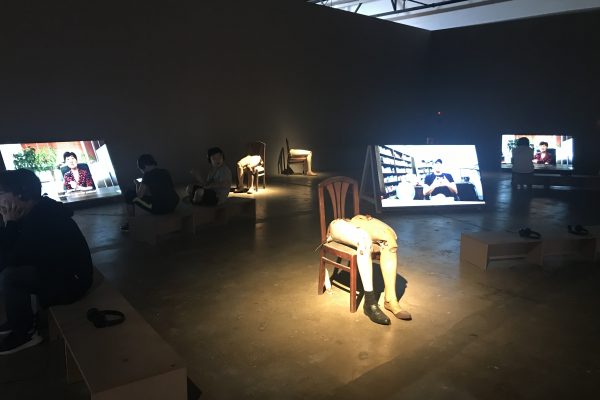When we think of Fall in Korea, we think of colors change, colder weather and rainy day. But Fall in Korea for the art world is representative of art fairs and Biennales. Starting from September to November in eight different cities, the public has the chance to discover several Korean and international artist reunited in the same place. This year two Biennales marked me, one of the is the Gwangju Biennale, which has the theme “Imagine Borders”.
The theme of Gwangju Biennale 2018 was inspired by Benedict Anderson’s book about nationalism “Imagined Communities”. In This book, Benedict Anderson explains that nationalism is not something natural or material, as we always thought but rather something that is created because of the connection between culture and psychology. The national community is an abstract idea which is defined by Anderson as “Imagined” since it’s member do not know each other personally but yet they think that they have a mutual connection.
Imagine Borders, raise the question about Borders created by politics, societies, and new technologies. Borders are something that it’s not visible but everybody knows them and conflict had born because of them. This can be seen as a rhetorical question in a country where the actual border is dividing the peninsula.
The public had the chance to explore all the aspects of these borders through the eyes of the 165 artists from 43 countries in Seven sections curated by eleven curators. The seven section revisits the traces of modern time plagued with war, national division, different politics as a dictatorship, and new technologies that create a big gap and isolation of the people in the 21st century. Four sections curated by Clara Kim, Gridthiya Gwaweewong, Christine Y. Kim & Rita Gonzalez, and David Teh, was presented at the Gwangju Biennale Exhibition Hall House. Three other sections are at the Asia culture center (ACC) curated by YeonShim Chung, Yeewan Koon, Man Seok Kim, Sang-Woo Kim, Chong-Ok Paek, and B.G. Muhn.
The 11 curators, of the 12th edition of Gwangju Biennale, have organized an exhibition that questions the border in every sense of the word. We even find it in the way the room and the artwork communicate with each other. The exhibition looks sprawling, which can be a problem for the viewing experience, and does not encourage deeper engagement from the visitors. Even if the exhibition looks disparate, some artists catch the attention of the Viewer.
Alexandre Arrechea’s, Mask Series, (2018) is one of them. The artist originated from Havana use details of building corners and facades of Havana to form a mask in tapestries. The Mask that the artist creates looks like an African’s mask used in rituals. This photographic transformation into large-scale tapestries and the colors of Havana’s building materialize even more the souvenir behind the work of art. The Mask takes shape and are the contemporary representation of the urban city.

Some of the artists in this Biennale has created a work related to the pro-democratic uprising that occurred in Gwangju in 1980, which ended with the massacre of demonstrators by the military. This is also a rappel of the first edition of Gwangju Biennale launched in 1995 to commemorate this massacre. We can also find some pictures of this edition in the “Returns” part curated by David Teh.
Kader Attia’s installation, Shifting Borders, (2018) is a good example of the artwork related to this event this year. This artwork, created especially for the Biennale and exposed in the “Facing Phantom Borders” section, features screens and mismatched pairs of prosthetic legs seated on chairs. The artist filmed Gwangju’s population who experienced the 1980 uprising and the loss of loved ones. There are videos of those who offer help to the traumatized, such as a mental health specialist who speaks about the healing power of religious rituals. In This work, the French-Algerian artist wanted to interrogate the pre-modern animist tradition of healing and repairing traumatic experiences of displaced bodies or souls with their place of origins.
Kader Attia’s , Shifting Borders, (2018)
The long shadow cast by the Gwangju massacre is present all over the Biennale, and most prominently in “The Art of Survival” section, which is installed at the Asia Culture Center.
Besides “The Art Survival” section, “The North Korean art” one, curated by BG Muhn, was also a good surprise. In this exhibition, you will have the chance to see the Chosonhwa style, which corresponds to the traditional ink wash painting on rice paper in North Korea. You will also be able to discover four genres of Chosonhwa: the Ideological painting, Landscape painting, Literati painting, and Animal painting.
Now it's time for you to enjoy the exhibition with all the news that you got!





























